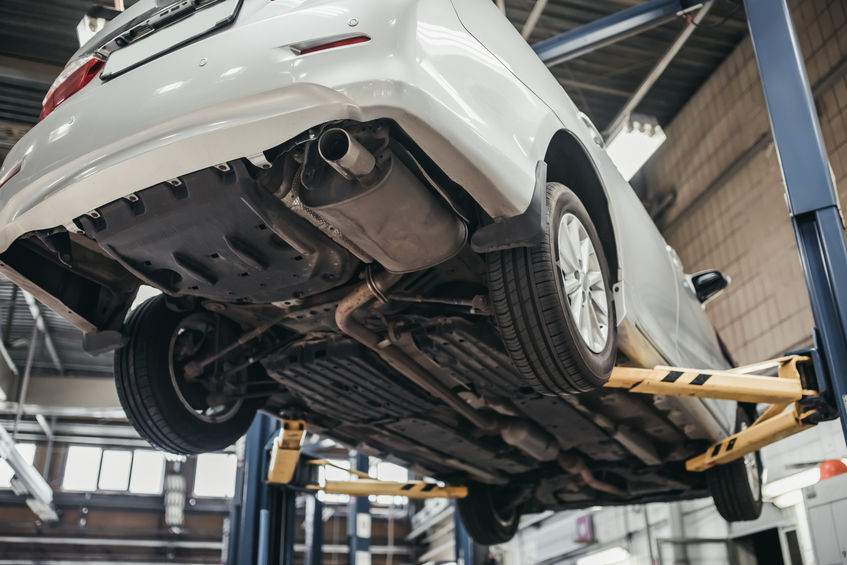The term suspension has different meanings for different things. When it comes to vehicles, suspension refers to the system of tires, tire air, springs, shock absorbers and linkages that connects a vehicle to its wheels, allowing for relative motion between the two. As you’d imagine, suspension matters if you want your vehicle to work as intended. With a bad suspension the vehicle won’t handle well. A good suspension means you get a smooth ride.
If you want to get quite specific about the suspension of a vehicle, know this: it works with your steering system to help set the angle of your wheels to keep your vehicle driving straight. It also has parts that absorb impacts from all the dips and/or bumps in roads.
How might you know you have a potential suspension problem with your vehicle? There are some common issues associated with suspension problems.
Pulling to One Side
First, if you’re driving your vehicle and it wants to pull to one side, that’s usually a telltale sign you’ve got a suspension problem. Oftentimes wheel alignment comes into play with this issue.
Damaged Struts
Next, if you’ve got damaged struts or coil springs, you might be feeling every bump in the road and the vehicle might feel like it’s bouncing after each bump (or dip) in the road. A mechanic might want to check your springs and/or shock absorbers.
Dips and Steering Issues
Thirdly, does one side of your vehicle feel like it’s lower than the other? Something might be “off” with your suspension.
What about when you hit the brakes? If your front-end dips down when braking, that could be a suspension issue.
If you experience an issue trying to steer your vehicle– such as it wanting to pull to one side– remember that the steering system and suspension work together, so you might want a mechanic to check to see what’s going on.
If you suspect a suspension problem with your vehicle, make an appointment with AV Bumper to Bumper (in Lancaster, CA) by calling 661-949-1999.





